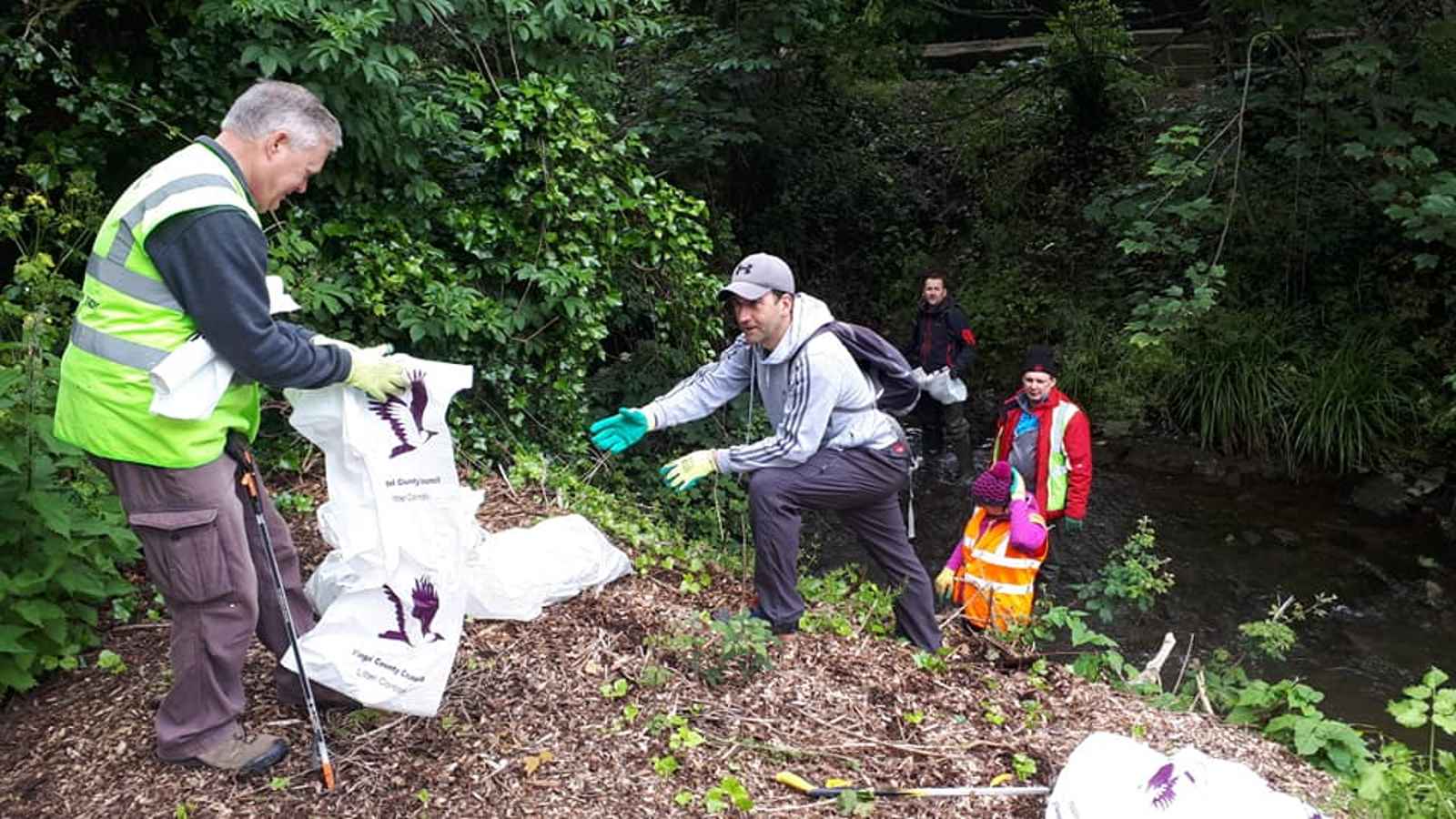This year, on May 20, National River Cleanup is a national day of action to remove trash and detritus from our rivers and watersheds. Since 1991, American Rivers has enlisted the assistance of over 1.3 million volunteers who have participated in thousands of cleanups spanning over 261,000 miles of rivers and accumulating over 32.5 million pounds of trash and debris.
In May, take part in a socially distant cleanup of your neighbourhood and adjacent natural areas. Invite your relatives, pals, and neighbours to take part. Pollution prevention begins in our residences. Garbage can enter the estuary through storm drains, streams, and rivers.
The Background of National River Cleanup
River contamination has been a problem for many years. In accordance with the most recent Environmental Protection Agency surveys on national water quality, more than half of our rivers and streams and more than one-third of our lakes are filthy and hazardous for swimming, fishing, and drinking.
Although there is no documented history of river cleaning, in 1991 an organisation called American Rivers began cleaning rivers across the United States with the assistance of over 1.3 million volunteers, covering over 261,000 miles of river and collecting over 32.5 million pounds of litter and debris. The Hudson River, which flows primarily through eastern New York from north to south, is one of the polluted rivers. It begins in the Adirondack Mountains of rural New York and flows south through the Hudson Valley to Upper New York Bay, between New York City and Jersey City.
Between 1947 and 1977, General Electric polluted the Hudson River by releasing polychlorinated biphenyls (P.C.Bs), which had numerous negative effects on wildlife and humans who consumed river fish. Other forms of pollution, including mercury contamination and the release of untreated effluent by cities, have also contributed to the river’s deterioration.
Pete Seeger, a musician, organised the Hudson River Sloop Clearwater and the Clearwater Festival to bring attention to the contamination. Environmental activism across the nation led to the passage of the Clean Water Act in 1972 and the Toxic Substances Control Act in 1976. In 1984, the federal government designated the approximately 200-mile-long (320-kilometer-long) contaminated section of the river as a superfund site. In 2016, a humpback whale was observed swimming in the Hudson River west of 63rd Street in Manhattan, indicating an improvement in water quality. Since then, whales have become a common spectacle in the river.
International Red Sneakers Day 2023: Date, History, Facts about Allergies
International Heritage Breeds Day 2023: Date, History, Facts about Farm Animals
Cameroon Republic Day 2023: Date, History, Facts about Cameroon
DAY OF NATIONAL RIVER CLEANUP ACTIVITIES
Purify the rivers
By displaying the trash, the first objective is to clear up and educate people about the problem. Dispatch, regardless of whether it is in or near the river where you grew up, live, or work.
Educate and inspire children
The second objective is to enlighten and inspire children (from elementary schools to colleges) regarding the issue. Then, give them an eye-opening experience when they pick up trash for the first time.
Plan team-building events.
In conjunction with workshops on how to eliminate single-use products at home, work, and other locations, organise team-building cleanups. This may lead to the formation of a network of organisations, researchers, and other individuals in order to develop cross-border solutions.
5 Interesting River Cleanup Facts
Over 1.3 million volunteers have participated in tens of thousands of cleanups across the nation.
Over 205,500 kilometres of waterways have been sanitised.
Due to these cleanups, over 17 million pounds of trash and detritus have been removed from the rivers and streams of the United States.
Volunteers were able to remove nearly 2,500 pounds of trash from the Jordan River in just three hours.
The overwhelming majority of food packaging in the United States is not recyclable, and it is frequently found clogging shorelines and rivers.
NATIONAL RIVER CLEANUP DAY DATES
| Year | Date | Day |
|---|---|---|
| 2022 | May 21 | Saturday |
| 2023 | May 20 | Saturday |
| 2024 | May 18 | Saturday |
| 2025 | May 17 | Saturday |
| 2026 | May 16 | Saturday |



